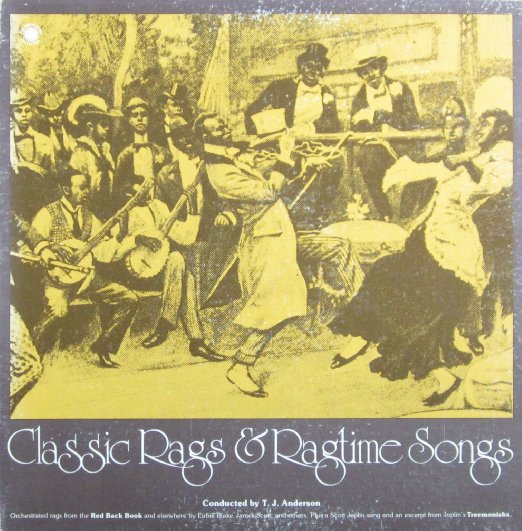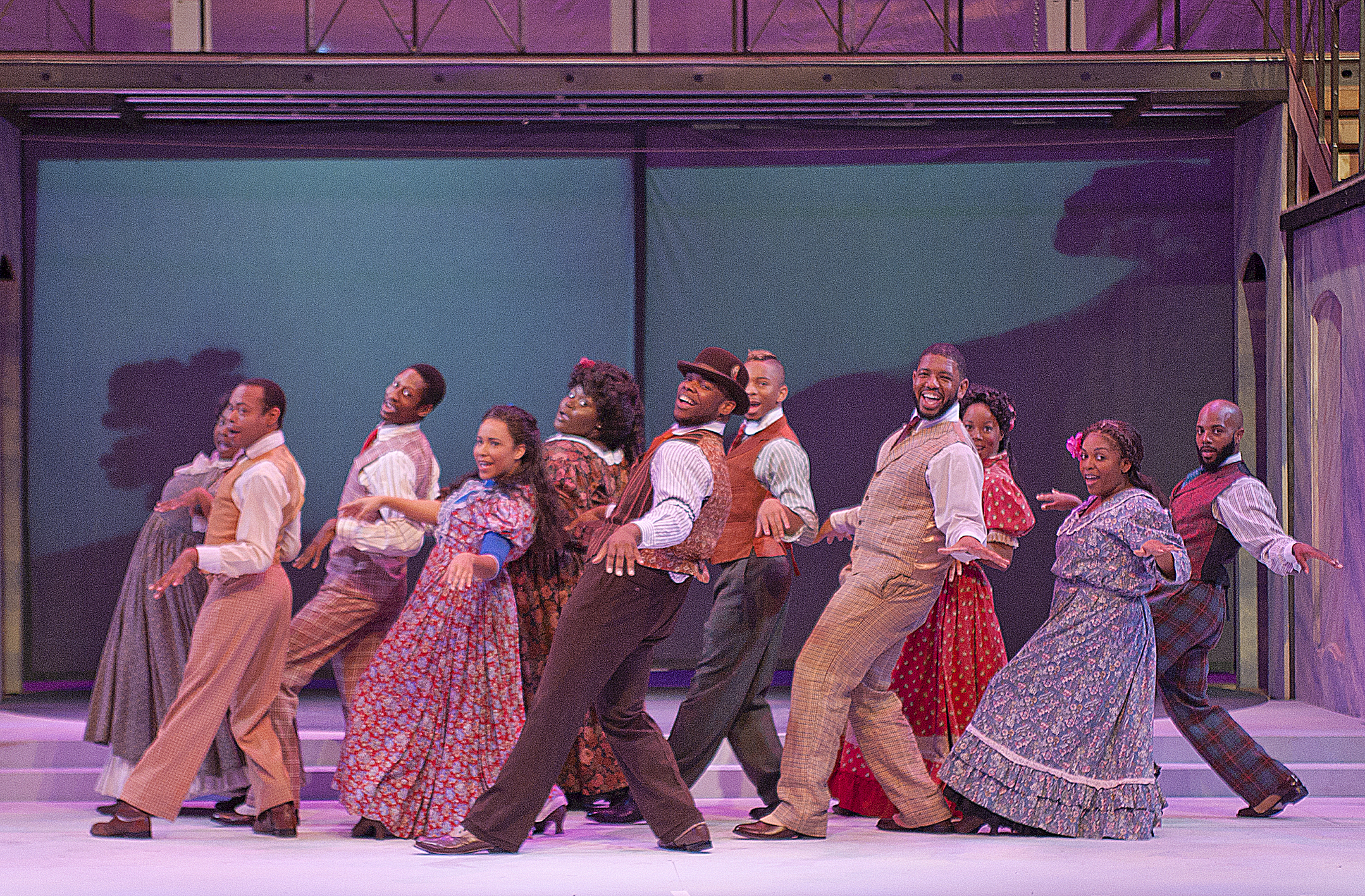

Piano roles helped this concept as they demonstrated exactly what the author had in mind. Playing it well meant playing it right – as it was intended to be played. People were keenly interested to get their hands on the latest popular music and be able to play it well for their friends. Published sheet music was, therefore, very big business. The piano, violin, mandolin, guitar and banjo were among the most popular. Most houses of the day had a music room and were equipped with numerous instruments. It was a primary form of polite interaction. In the years before radio (or any form of commonly available recorded music) most people were trained at a young age to read music.

Pianos equipped to play the roles were common and the piano roll industry was big business. It was a great way to demonstrate how the written pieces were supposed to sound. The sheet music was frequently performed by the composer – creating the definitive performance as intended by the author.

In the 1890s, there were only effectively two forms of music: published sheet music and piano rolls. Why not try to meld the two most popular forms of music of the day? It was only a matter of time before several composers began to experiment with adding African American polyrhythms to the sophisticated orchestrations of the Sousa marches. The most popular marches of the day were published by John Phillip Sousa and performed by bands all over the country. This image would help the spread of ‘jass music’ or Jazz later. While the term ‘ragged-time’ or ‘ragtime’ also carried the image of poor blacks in rags, it took on an implication of blacks being musical. The name implied ‘ragged’ rhythms, referring to its bounce and syncopation. The more hands that interpreted it, the more it took on a life of its own. It was irresistible and more and more musicians took it on as a style and helped push it forward. Like everything else in art that resonates culturally or aesthetically, it caught on. There was, however, a wide general appeal to the syncopations and upbeat simple orchestration of piano or banjo. It was, unfortunately, presented along racial lines and profoundly derogatory. In the later 1800s the cakewalk was finding its way into Minstrel Shows and Vaudeville. Ragtime was instrumental in bringing the music of African Americans to the attention of the entire country. They were originally intended to be dance music to but eventually grew and developed in complexity and orchestration to be almost symphonic. The syncopated rhythms evolved in red-light districts from New Orleans and St. Music that makes you want to move: ‘Happy Feet’.


 0 kommentar(er)
0 kommentar(er)
